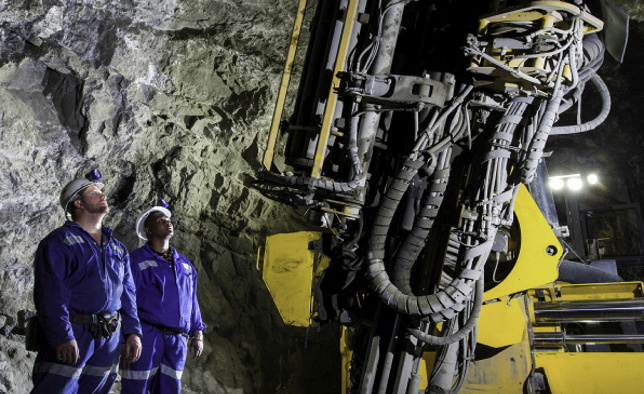
Alrosa will help launch a blockchain-based provenance program offering Chinese consumers greater transparency when buying jewelry via WeChat.
The e-commerce program, a partnership with blockchain platform Everledger and Chinese Internet giant Tencent Holdings, will be available to nearly a billion WeChat users, the companies said Monday.
WeChat, which is owned by Tencent, is a multipurpose messaging, social-media and mobile-payment app. The traceability platform will be applied to a “mini program,” a sub-application within the WeChat system that enables advanced features such as e-commerce and task management.
During the pilot phase, the product will feature diamonds mined in Russia by Alrosa, and will contain information on the stone’s provenance and full certificate details. The groups will offer the program to jewelry manufacturers and retailers in China as a white-label API, which enables them to create their own platform and offer it under their own name.
“This exciting development…brings provenance and authenticity of diamonds to a new level of transparency in China,” said Everledger chief operating officer Chris Taylor. “Making this information available to consumers’ fingertips via WeChat enables them to be sure about the source and the credentials of each item being purchased.”
The program will also help Alrosa expand its client base in the Chinese market, the miner explained.
“[The venture] reinforces our pursuit for guaranteeing the origin of our products,” explained Pavel Vinikhin, head of diamonds for Alrosa’s polishing division. “We believe that this collaboration with the most popular social-media platform in China will help us to further strengthen our sales there.”
Source: DCLA










